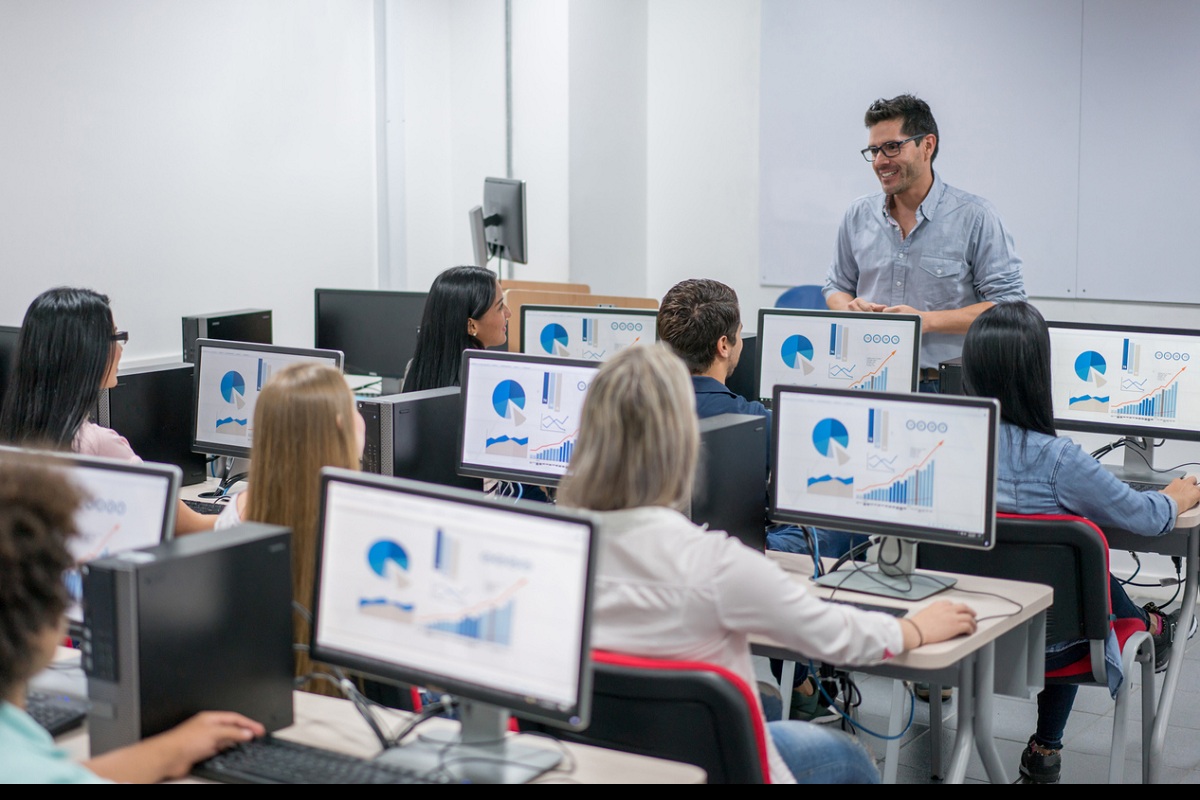Digital classrooms and interactive e-learning solutions are gaining popularity among educators and learners. This is helping develop skills like computer fluency, adaptability and problemsolving skills among learners at the right age. Today’s competitive world demands learners to be well-versed with the latest technology such as robotics, coding, artificial intelligence, machine learning and more.
So, teachers and the curriculum must help students stay updated with technological innovations and their applications. Realising the need to keep up with the demands of the tech world and make students ready to take on a future where robots are expected to become a part of life, schools are incorporating subjects such as coding and robotics in their curriculum.
This move will surely produce a positive impact on STEM (Science, Technology, Engineering, Mathematics) education. It will pique students’ interest in science, technology, engineering, art and mathematics and enhance their 21st-century skills, i.e. critical thinking, collaboration, creativity and communication, which will, in turn, make them future-ready.
Children these days find robots intriguing. So, if learners are introduced to the basics of robotics and programming languages from an early age, it can help bring out their creativity and satisfy their curiosity. When students learn various technologies to program robots, it becomes easier for them to understand the intricacies. They develop the desired skills to create precise and accurate instructions.
Be it nurturing creativity amongst learners, motivating them to innovate, or making them future-ready, robotics is all about empowering learners. Introducing robotics at the school level can yield positive results. In line with this objective and to foster creativity and imagination in young students, the government of India has established Atal Tinkering Labs (ATLs) in schools across the country.
These labs aim to inculcate essential skills in students, such as design mindset, adaptive learning, programming skills and computing skills. Under this initiative, students gain hands-on experience to understand the concepts of STEM (Science, Technology, Engineering and Mathematics) and their applications. Students develop and hone the following skills while learning robotics, which in turn, prepares them for the future:
21st-century skills
Robotics hone 21st-century skills of critical thinking, creativity, collaboration and communication among learners through different activities like designing the robot, planning the instructions, devising a strategy to program it and finding issues and bugs.
Perseverance
Creating and programming robots is challenging. Working through complicated situations helps students develop a strong and determined attitude which is crucial for any technological or scientific activity.
Interdisciplinary learning
Robotics provides students with an opportunity to learn programming in a tangible way. Integrating robotics with other STEM subjects will expose them to various disciplines.
Teamwork
Creating a robot from scratch is not a cakewalk. It requires a range of skills, and thus promotes a learning environment for students with different talents. When students work in a group, they not only learn collaborative skills but also learn to take responsibilities and help others.
Problem solving
Getting the entire robot design and programming correct in the first attempt might not be always possible. Hence, it is essential for students to have an eye for detail and innovative thinking to come up with solutions and fix the problems.
Decision making
Robotics is full of choices and provides plenty of options for designing and programming the robot. Therefore, students should be exposed to various scenarios that require them to analyse the problem from various angles and use logic and reasoning to decide the best way of solving a problem.
Application of knowledge
Students take interest in robotics only when theoretical knowledge is applied practically. When students explore robots and program them, it becomes easier for them to understand the concepts and capabilities of robots.
Active learning
There are so many topics within robotics that cannot be mastered solely through theoretical understanding or practical application. It is essential to have a perfect combination of theory and practicality. Incorporating robotics in the K- 12 curriculum empowers students to think out of the box and develop an interest in the STEM subjects, which facilitate a better understanding of robotics. This, in turn, builds a strong foundation for learning and makes them future-ready.
(The writer is CEO and co-founder, Next Education India Pvt Ltd)











